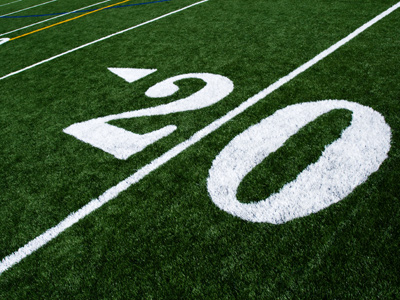
Level 7-8 Algebra - Inequalities
So you are familiar with the symbols used in KS3 Maths - plus (+), minus (-), times (x), divide (÷) and equals (=). You'll also have come across some more unusual ones like squared (2), cubed (3), square root (√) and cube root (∛). But there are some other symbols which you are (hopefully!) aware of which you'll see a lot of in algebra - the signs for inequalities: less than (<), greater than (>), less than or equal to (≤) and greater than or equal to (≥).
This quiz deals with the relationships of one item to another. We use the inequalities symbols to show how numbers (often variables) compare to one another. First we look at the symbols involved, just to make sure you recognise each one. After that you'll find some algebraic questions you will undoubtedly enjoy answering!
Take your time with the following 10 questions. You may think this quiz is very easy, but don't be fooled! Over confidence can lead to silly mistakes for the unwary. Good luck!
Ready for more?
not all...
quizzers. Try to win a coveted spot on our Hall of Fame Page.







